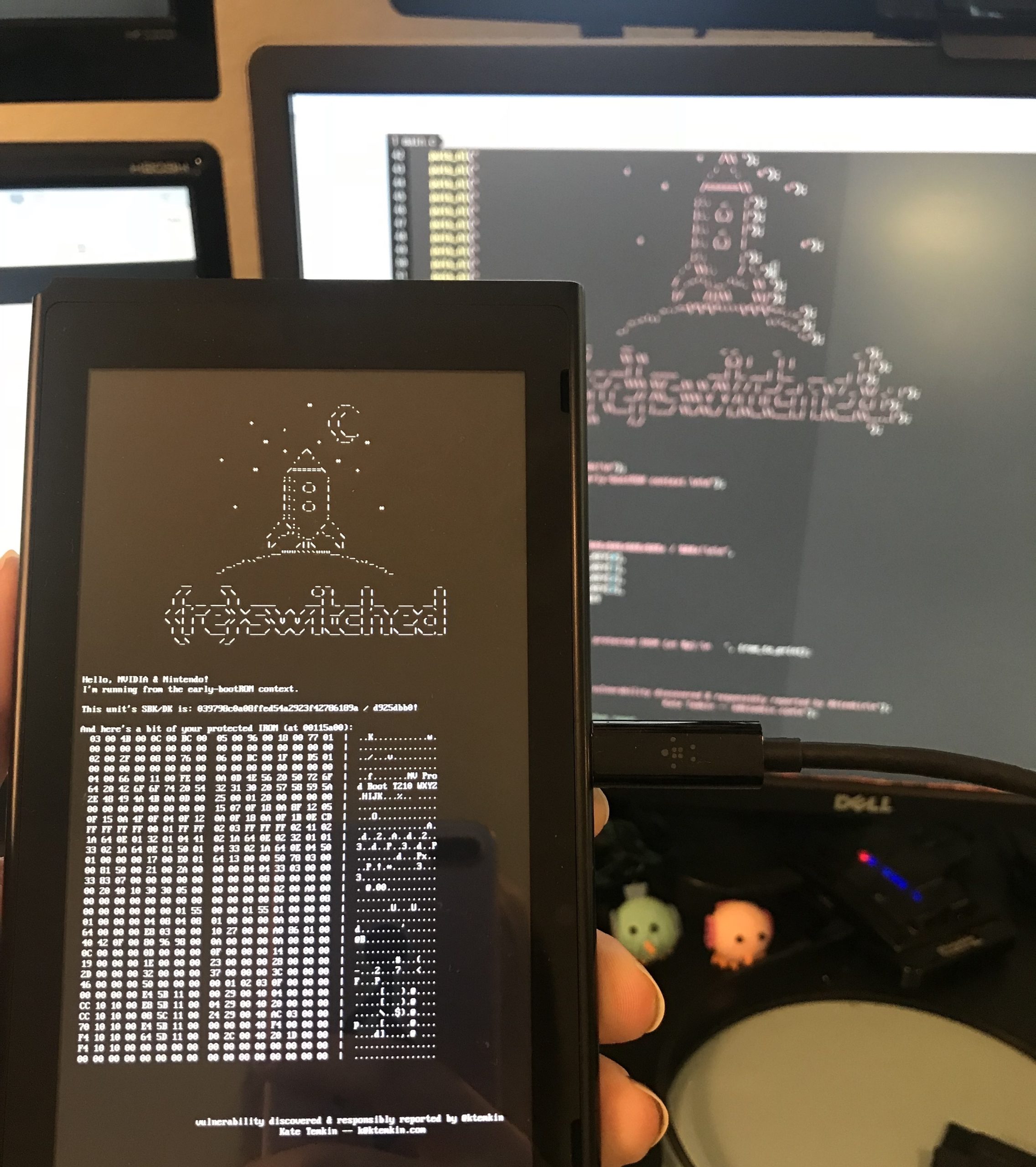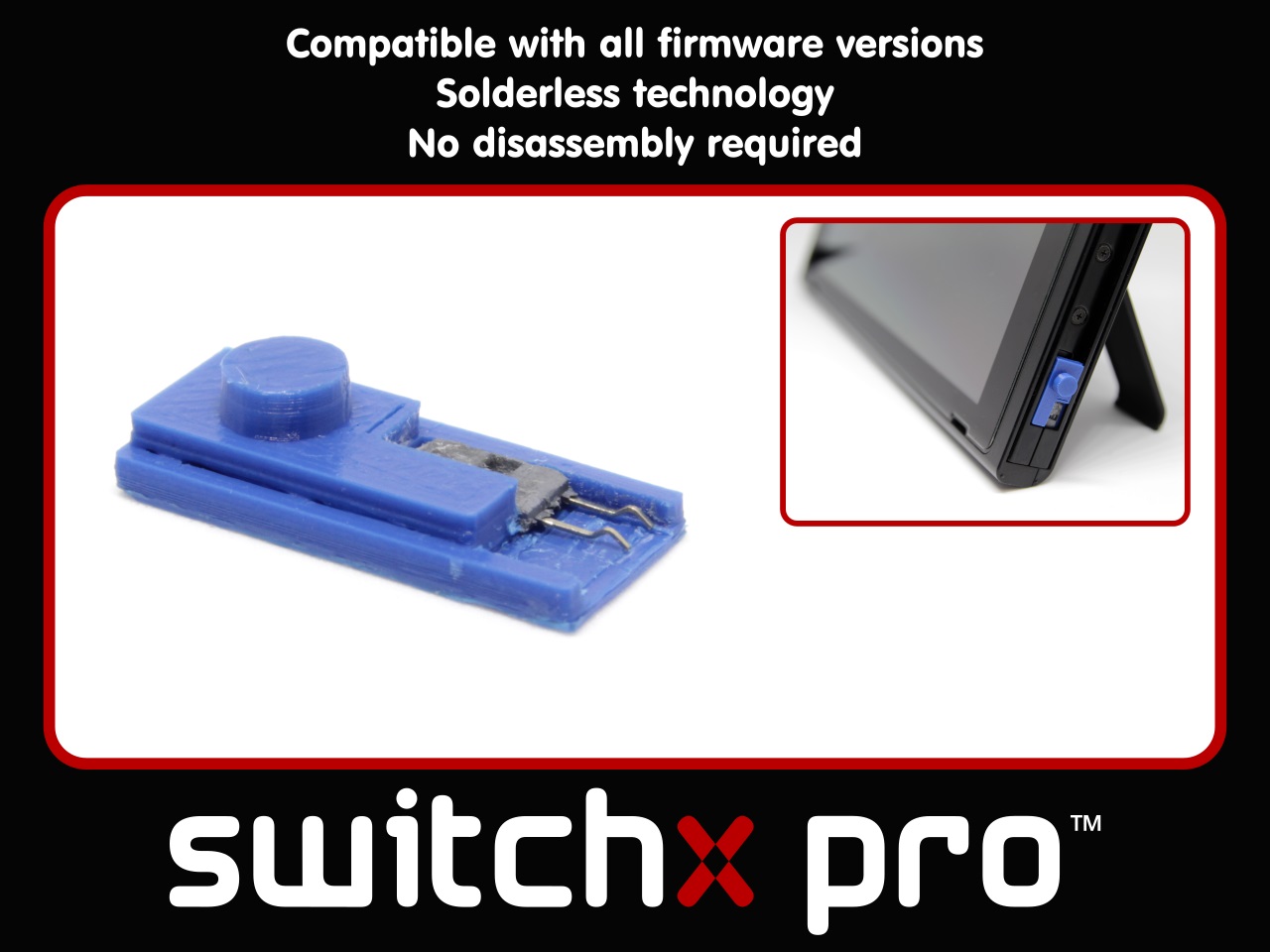A newly published "exploit chain" for Nvidia Tegra X1-based systems seems to describe an apparently unpatchable method for running arbitrary code on all currently available Nintendo Switch consoles. Hardware hacker Katherine Temkin and the hacking team at ReSwitched released an extensive outline of what they're calling the Fusée Gelée coldboot vulnerability earlier today, alongside a proof-of-concept payload that can be used on the Switch.
"Fusée Gelée isn't a perfect, 'holy grail' exploit—though in some cases it can be pretty damned close," Temkin writes in an accompanying FAQ.
The exploit, as outlined, makes use of a vulnerability inherent in the Tegra X1's USB recovery mode, circumventing the lock-out operations that would usually protect the chip's crucial bootROM. By sending a bad "length" argument to an improperly coded USB control procedure at the right point, the user can force the system to "request up to 65,535 bytes per control request." That data easily overflows a crucial direct memory access (DMA) buffer in the bootROM, in turn allowing data to be copied into the protected application stack and giving the attacker the ability to run arbitrary code.
On the Switch, the hardest part of the exploit seems to be forcing the system into USB recovery mode. To do this without opening the system requires shorting out a certain pin on the right Joy-Con connector (the bit on the side of the system where the Joy-Con clicks into place). The hacking team at Fail0verflow tweeted a picture of a small plug-in device that can apparently provide this short-out easily, and the team joked that a simple piece of wire from the hardware store can do so today. Temkin also tweeted a picture suggesting that simply exposing and bending the pin in question would also work.






 Loading comments...
Loading comments...
